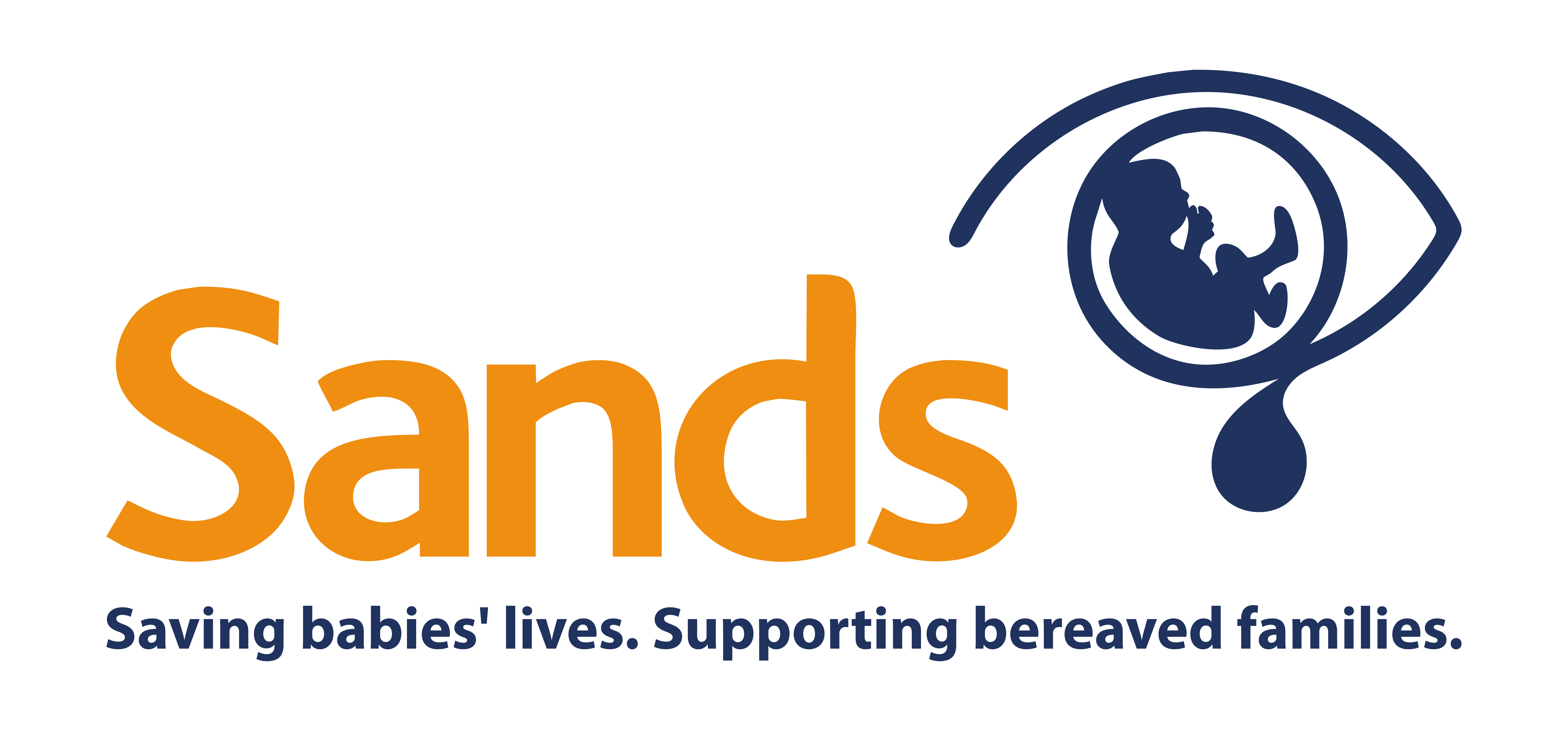Sands calls for more resources and a clear strategy to reduce baby deaths as report shows wide variation in stillbirth and neonatal death rates across the country.
Today’s MBRRACE-UK Perinatal Mortality Surveillance Report shows that, in 2014 as in 2013, 15 babies died every day before, during or within 4 weeks of birth.1
The poorest women and women with a Black or Asian ethnic background continue to have an increased risk that their baby will die. There also continues to be stark variation in rates across the country, from 4.9 to 7.1 deaths per 1,000 births.
Today’s report calls for healthcare and policy leads in each UK country to set national aspirational targets for stillbirth and neonatal death rates against which their maternity services can be measured.2 Sands encourages healthcare leaders to adopt MBRRACE-UK’s recommendation. Setting targets will focus efforts on saving lives and improving services. More can and should be done; the Netherlands, for example, has reduced its stillbirth rate by 6.8% every year since 2000, whereas the UK’s rate has fallen by only 1.4% per year over the same period.
The MBRRACE-UK report comes in the wake of a new national ambition, announced by Jeremy Hunt, Secretary of State for Health, in late 2015 to halve the rate of stillbirths, neonatal deaths, brain injuries and maternal deaths in England by 2030, with an interim reduction of 20% by 2020. The government has committed £2.24 million to equipment to reducing stillbirth and neonatal death, which translates as £3.40 per birth in one year in England. A single piece of equipment to monitor fetal well-being can cost as much as £10,000.
Sands believes this is woefully inadequate. A clearer, well-funded strategy is urgently needed if the UK’s rates are to fall and the persisting inequalities are to be eradicated.
Judith Abela, Acting Chief Executive at Sands, said: “It’s clear from today’s report that variations in care across the UK persist and the risk of your baby dying remains influenced by where you live and who you are. While the Secretary of State’s commitment to halving baby deaths in England by 2030 is encouraging – as is work elsewhere in the UK – the government’s financial commitment, which amounts to £3.40 per birth in England, is woefully inadequate.
“Units are already struggling to deliver current initiatives to reduce baby deaths. Women at risk require more scans in pregnancy and there are not enough sonographers; midwives need protected time for training in order to be safe to practise, but this isn’t guaranteed; and some units do not have the funds to buy equipment or resource services to adequately monitor women.
“A significant fall in the rates of stillbirth and neonatal death will not succeed without a clearer strategy, supported by adequate funding. Without this the existing inequalities cited by the MBRRACE-UK report today will persist and avoidable deaths will continue to happen.”
Notes
1. MBRRACE-UK data shows in 2013 the extended mortality rate was 6 deaths per 1,000 births; in 2014 it was 5.9 deaths per 1,000 births.
2. Recommendation 3: NHS England, NHS Scotland, NHS Wales, Health and Social Care in Northern Ireland, in conjunction with professional bodies and national healthcare advisors responsible for clinical standards in the relevant specialties (where in existence), should establish targets that reflect each country’s aspirations for rates of stillbirths, neonatal deaths, and extended perinatal deaths against which services can be assessed in future.
Read more about the work of MBRRACE-UK.
Current initiatives include:
• The Royal College of Obstetricians and Gynaecologists’ Each Baby Counts
• NHS England’s Saving Babies’ Lives Care Bundle
• NHS Wales’ 1000 Lives Improvement, National Stillbirth Working Group
• Scotland’s Maternity and Children’s Quality Improvement Collaborative
• The Northern Ireland Maternal and Infant Loss (NIMI) steering group
